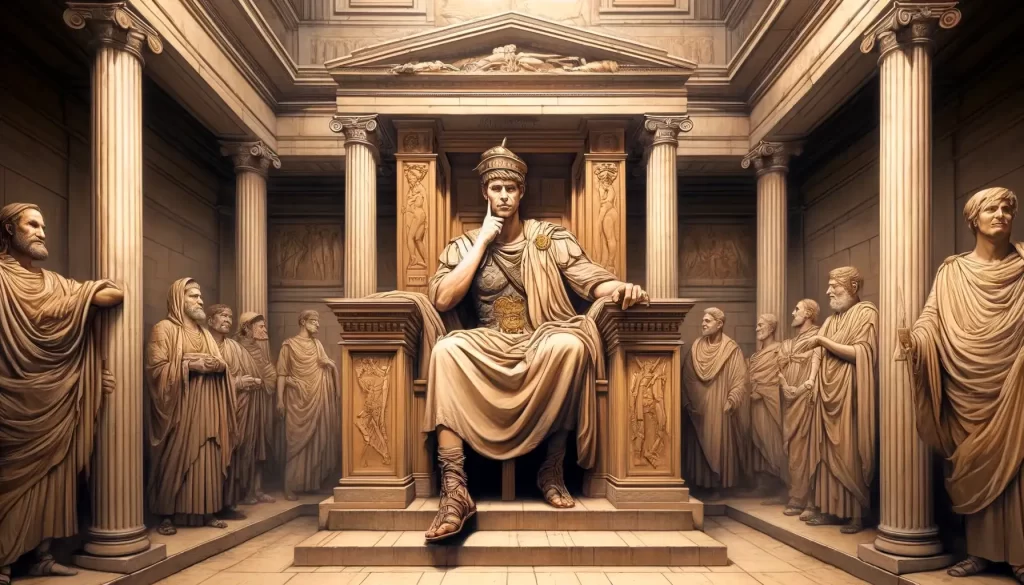
National Association of Christian Ministers Summary Series
Pontius Pilate is a significant figure in the New Testament of the Bible, particularly in the accounts of the trial and crucifixion of Jesus Christ. He was the Roman governor or prefect of the province of Judea from approximately 26 AD to 36 AD. Below is a brief biography of Pontius Pilate based on the New Testament, along with relevant scriptural citations:
1. Appointment as Governor:
Pontius Pilate was appointed as the fifth Roman governor or prefect of Judea by the Roman emperor Tiberius, serving in this capacity for ten years. (Luke 3:1)
2. Trial of Jesus:
One of the most well-known events involving Pontius Pilate is the trial of Jesus before his crucifixion. Jesus was brought before Pilate by the Jewish religious authorities who sought his execution. The Jewish leaders accused Jesus of claiming to be the King of the Jews, a title that potentially threatened the authority of the Roman Empire. (Luke 23:1-2, John 18:28-30)
3. Questioning Jesus:
During the trial, Pilate questioned Jesus about the accusations made against him. He asked Jesus if he was indeed the King of the Jews. In response, Jesus affirmed his kingship but explained that his kingdom was not of this world. (John 18:33-36)
4. Found Innocent:
After examining Jesus, Pilate found no guilt in him and did not see any reason for capital punishment. He stated that he found no basis for the charges brought against Jesus. (Luke 23:4, John 18:38)
5. Trying to Release Jesus:
In an attempt to avoid condemning Jesus to death, Pilate proposed a custom during the Jewish Passover feast, wherein he could release one prisoner chosen by the people. He hoped the crowd would choose Jesus to be set free. (Mark 15:6-10)
6. Barabbas Chosen:
However, the crowd was swayed by the chief priests and elders, who influenced them to demand the release of Barabbas, a notorious prisoner, instead of Jesus. (Matthew 27:20-21)
7. Sentence to Crucifixion:
Despite finding no guilt in Jesus, Pilate succumbed to the pressure of the crowd and the Jewish leaders. He handed Jesus over to be crucified, fulfilling the people’s demand. (Matthew 27:24-26)
8. Washing His Hands:
Before delivering Jesus to be crucified, Pilate symbolically washed his hands, proclaiming his innocence in the decision and putting the responsibility on the crowd. (Matthew 27:24)
9. The Inscription on the Cross:
To emphasize Jesus’ supposed crime, Pilate had an inscription placed on the cross which read, “Jesus of Nazareth, the King of the Jews” in multiple languages. (John 19:19-22)
10. Final Interactions:
Pilate had further conversations with Jesus, during which Jesus asserted his divine nature and power, but Pilate remained conflicted and did not reverse his decision. (John 19:7-11)
11. Governorship and Other Acts:
Outside the trial of Jesus, the New Testament does not provide detailed information about Pontius Pilate’s other acts during his governorship in Judea.
It is essential to note that the New Testament accounts of Pontius Pilate’s actions come from the Gospels of Matthew, Mark, Luke, and John, each providing slightly different perspectives on the events.




